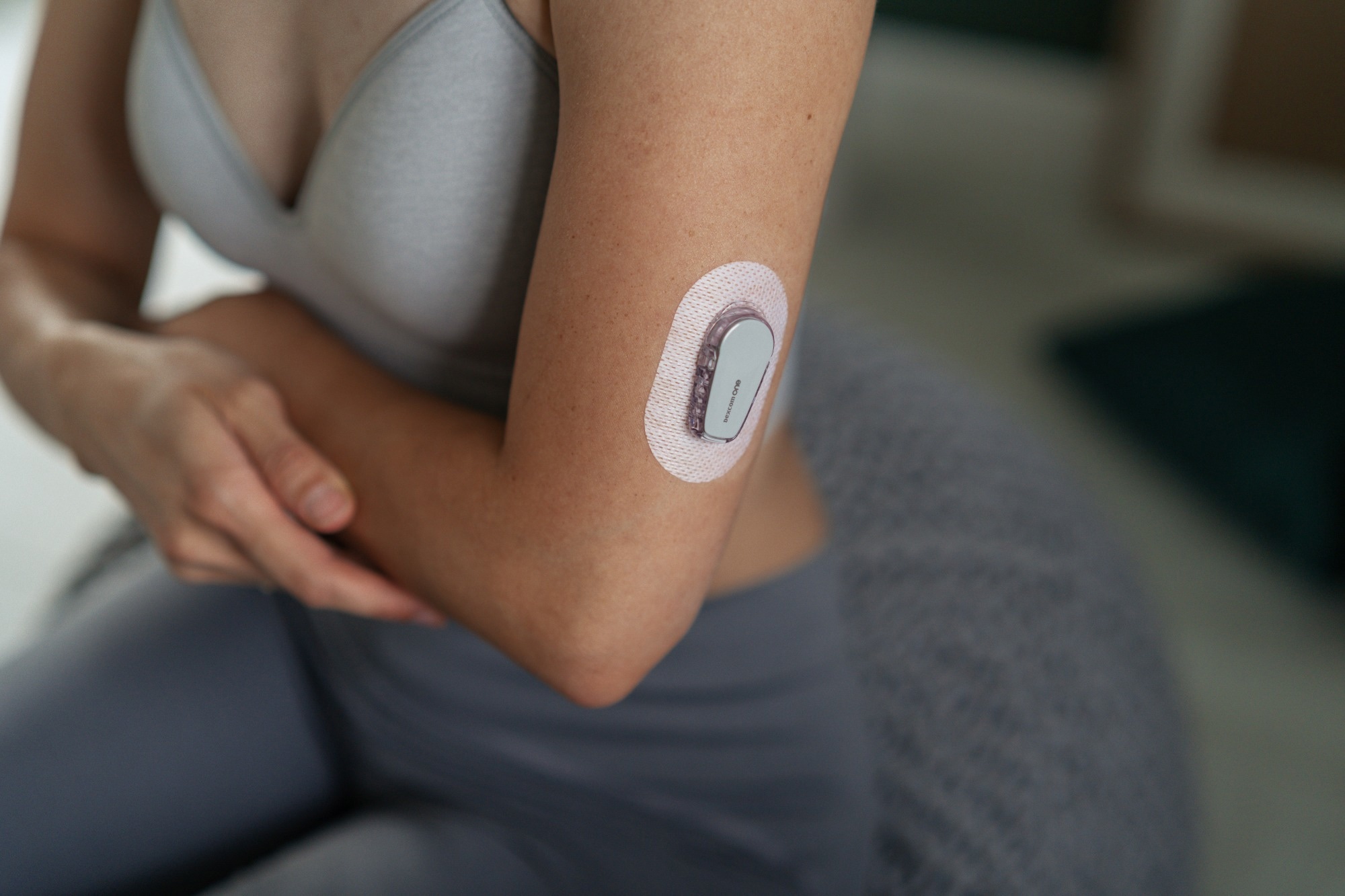In a recent study published in the BMC Psychology Journal, researchers examined the relationship between patients' perceived status of body weight and psychosocial health components such as guilt, stigma, and identity concerns among individuals with diabetes mellitus type 1 (T1D) and type 2 (T2D).
 Study: The influence of weight on psychosocial well-being in diabetes. Image Credit: Dulin/Shutterstock.com
Study: The influence of weight on psychosocial well-being in diabetes. Image Credit: Dulin/Shutterstock.com
Background
Psychosocial health may vary among people with diabetes, which may be mediated by body weight; however, the impact of body weight on psychosocial determinants of well-being among diabetic patients is not well-characterized.
Commonly observed stereotypes indicate that T1D patients are more likely to be leaner, whereas T2D patients are more likely overweight.
The preconceptions are most likely a result of T2D's causative relationship and high co-occurrence with obesity, whereas T1D is often associated with a rigorously managed diet. However, the status of body weight is non-uniform within the groups.
Furthermore, while T2D results primarily from lifestyle factors, T1D is thought to be caused by factors such as genetics and viruses unrelated to weight.
Most studies assessing the relationship between body weight and diabetes have focused on greater weight and its associated clinical consequences.
About the study
In the present study, researchers investigated the influence of self-reported weight status on psychosocial health characteristics such as internalized stigma, blame, and affective responses to the miscategorization of diabetes types.
The study aimed to improve the characterization of variations in psychosocial experiences associated with weight and optimize psychosocial functions among affected individuals.
The researchers investigated perceived blame and self-blame for disease onset, diabetes stigma, and negative affect in response to diabetes miscategorization concerning perceived body weight among 182 and 190 adults with T1D and T2D, respectively. The team assessed T1D and T2D patients using the web-based Diabetes, Identity, Attributions, and Health (DINAH) study survey.
Only adult individuals who self-documented their diabetes type, as diagnosed by healthcare professionals, were included in the analysis and recruited through Facebook and the ResearchMatch non-profit web-based registry for clinical trials.
The team excluded 27 individuals who did not meet the desired data quality concerning the differences in T1D and T2D and/or could not re-confirm their diabetes status.
Individuals were divided into two groups, i.e., the lower-weight group (114 individuals) and a higher-weight group (258 individuals), using their self-documented perceived body weight. The team performed covariance (ANCOVA) analyses to assess differences in diabetes-onset blame, identity concerns, and stigma among people with diabetes and their perceived body weight.
T1D patients documented diabetes-associated stigma using the Diabetes Stigma Assessment Scale (DSAS-1) subscales concerning different treatments, identity concerns, and blame. Likewise, T2D patients reported stigma using DSAS-2.
Generalized linear modeling was performed by adjusting for covariates, including age, sex, time elapsed since diabetes diagnosis, and the level of education. The team applied the Bonferroni statistical correction to the findings to assess significant interactions.
Results
Weight affects several psychosocial consequences associated with diabetes. T2D patients with low body weight appeared to blame themselves lesser for the onset of diabetes, whereas individuals with greater body weight reported feeling blamed by other individuals more for the onset of diabetes, regardless of the type of diabetes.
T1D patients with a higher body weight expressed more fear about being misdiagnosed with T2D than those with a lower body weight.
Individuals in the higher-weight group had significantly higher levels of perceived blame than those in the lower-weight group. T2D patients reported significantly higher levels of self-blame than T1D patients.
Higher-weight individuals had significantly higher levels of self-blame than lower-weight individuals. The lower-weight T2D patients, in particular, reported significantly lower levels of self-blame than higher-weight T2D patients.
Higher-weight patients experienced much more negative differential treatment than lower-weight ones. Diabetes misclassification was significantly higher among T1D patients than among T2D patients.
Higher-weight T1D patients reported diabetes miscategorization more frequently than lower-weight T1D patients, and vice versa for T2D patients. T1D patients expressed much more dissatisfaction with miscategorization than T2D patients.
Lower-weight T1D patients, in particular, reported considerably lower levels of dissatisfaction with diabetes misclassification than higher-weight T1D patients. Contrary patterns were reported among T2D patients.
Conclusions
Overall, the study findings showed that weight is an important factor in the experience of individuals with both forms of diabetes, although it works differently in each. The lower weight is a buffer for several external and internal unfavorable consequences among T2D patients. Higher weight is mostly relevant for outcomes connected with how individuals regard T1D patients.
Weight status was associated with self-blame, perceived blame, and responses to diabetes misclassification, although stigma, as measured by the DSAS, appeared to function irrespective of weight.
Interventions for psychological health in the setting of diabetes should take into account and cater to weight stigma concerns specific to each diabetes type.
Educative and media platforms must focus on dispelling myths related to the causes of diabetes and obesity and the relationship between the two types of diabetes.
Health officials must mobilize efforts to reduce stigma, particularly in the most widespread and harmful segments, to provide the most appropriate treatment and care to diabetes patients, irrespective of their body weight.